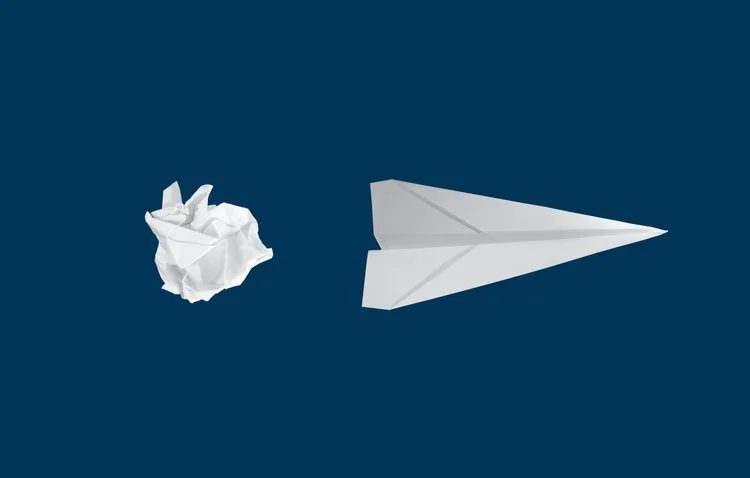How do I know if my business is carrying out R&D?
If you are creating a new or improved product, process or service, your business might be carrying out R&D. The government's definition of R&D is very broad. If your company is trying something new that might have a risk but also could lead to solving scientific or technological problems, then the chances that you are doing something that qualifies as R&D, are high.
Even the most mundane tasks you carry out on a daily basis could be eligible. You will probably be attempting to solve a problem where no solution is evident. This can take many forms and R&D projects can include work undertaken for a client as well as your own business.
Where does R&D start and finish?
R&D work begins when a project seeks an advance in science or technology and ends when the project’s uncertain elements have been overcome.
How do I know if my projects qualify for R&D tax credits?
For a project to qualify as R&D, you should have set out to achieve a step forward in that field. This step must be in the field of science or technology, not just in your company’s own knowledge. Your project can still be R&D if the step forward has already been achieved but the details are not readily available.
It’s important to remember that R&D is inevitably not always successful. If your project is ultimately unsuccessful but seeks a solution that was not evident at the outset, it could still be eligible for R&D.
To maximise your R&D claim, please contact us.

